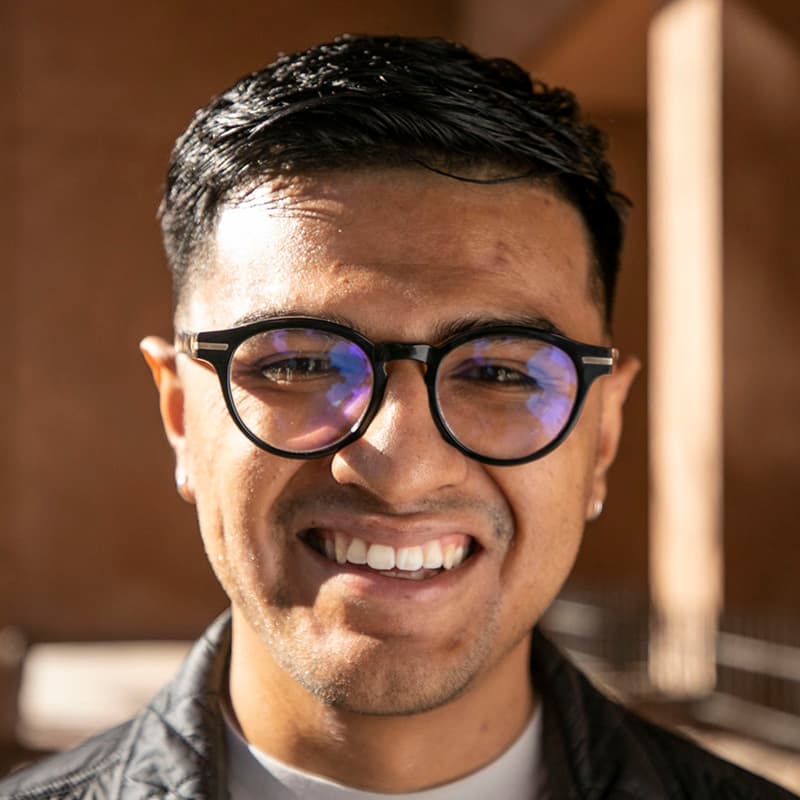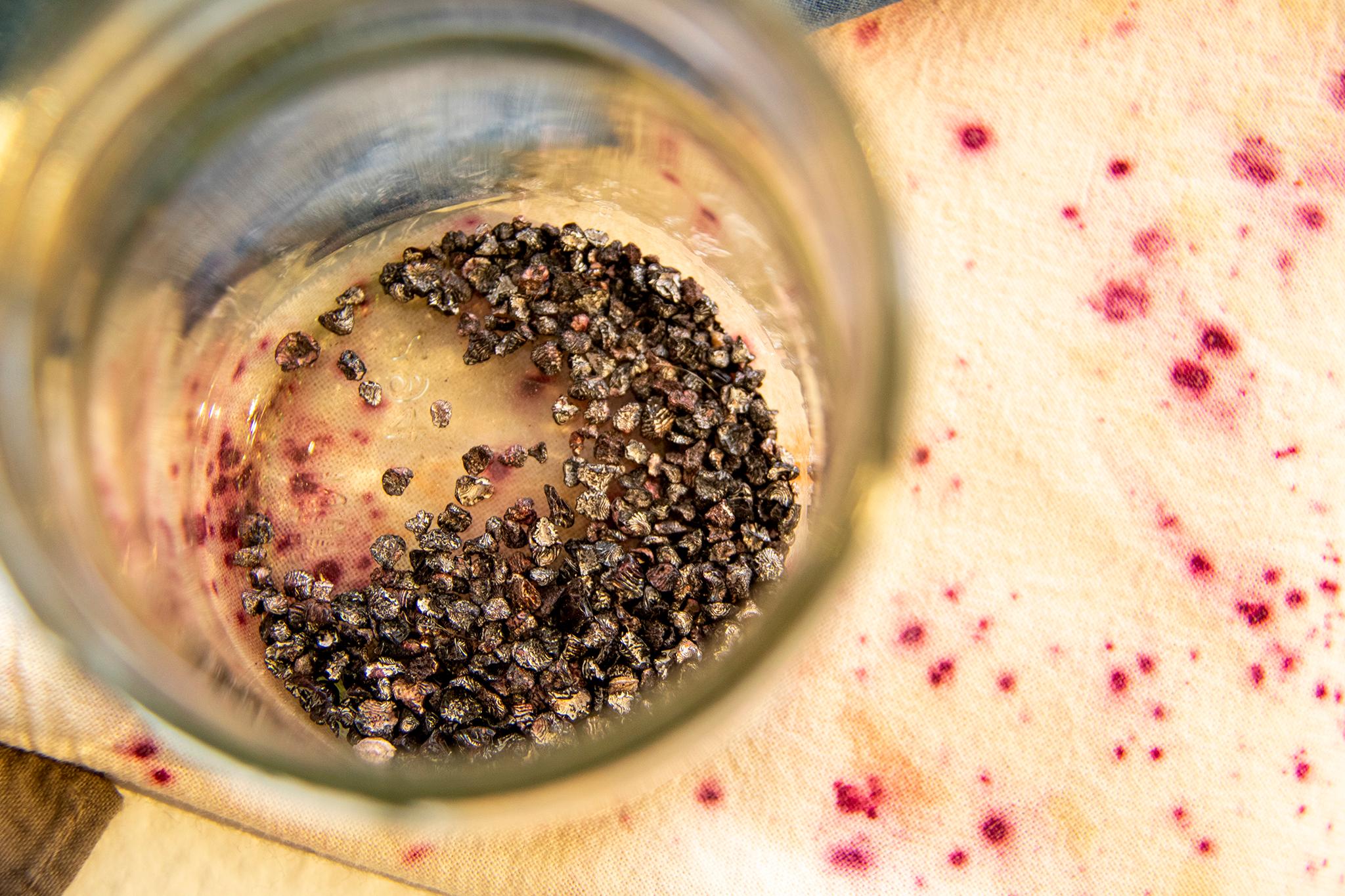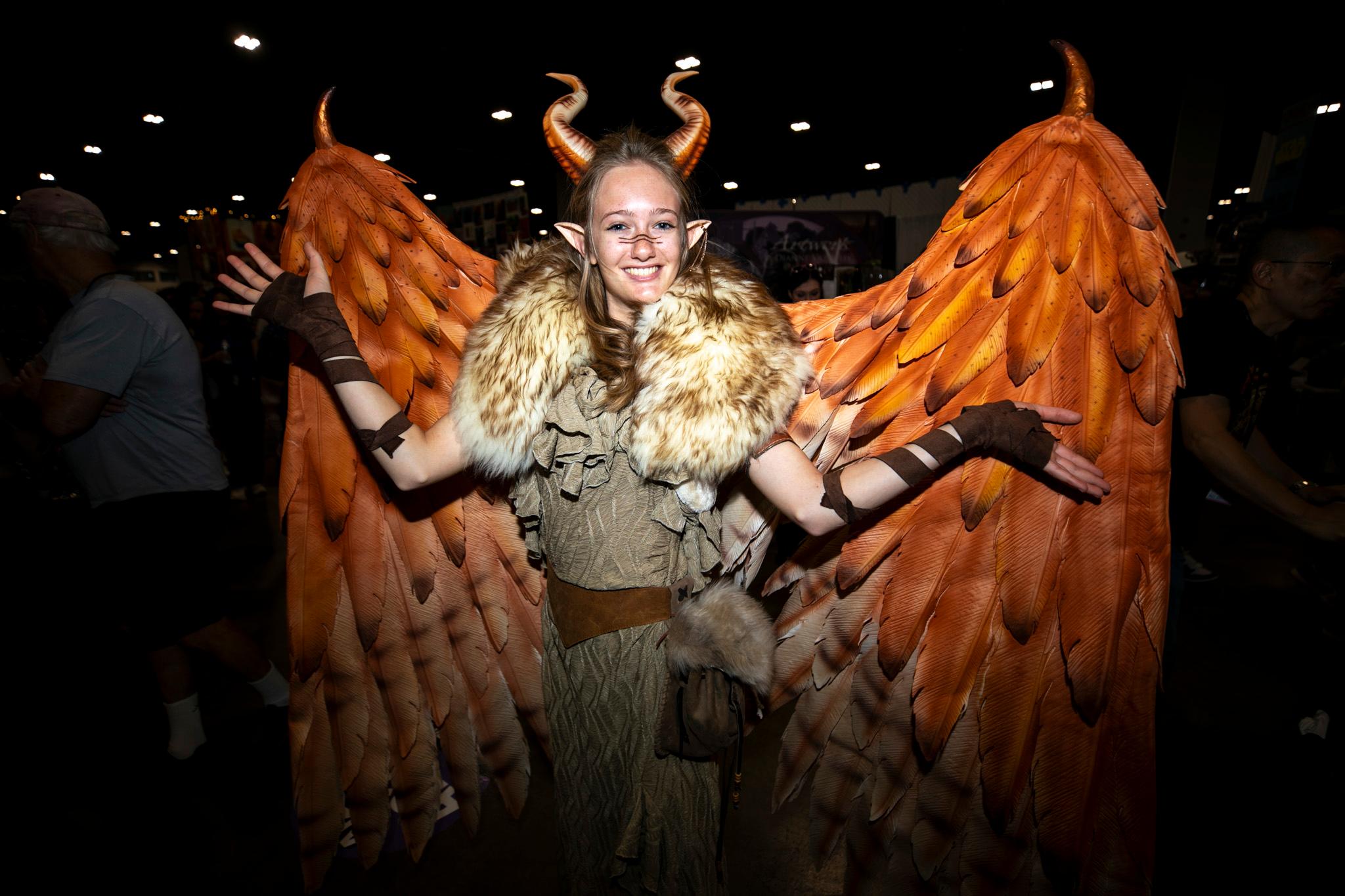Koi fish dyed fuschia, moss green, mustard yellow and indigo hang from the ceiling, creating shadows on the gallery's walls that draw you into the carp's journey upstream.
"At the end of April, if you go to Japan, you see all of these fish flying around outside. It's called Koinobori, and it's to celebrate Children's Day," said Maki Teshima, a botanical dye fiber artist in Denver.
Combining the tradition of Japanese carp streamers and the art of naturally dying fabric, Santa Fe's Access Gallery (909 Santa Fe Dr) will premiere its meditative exhibit, KoiNobori: Swimming Upstream. The exhibit, on view until May 19, will display fabric koi fish that were dyed using natural materials such as avocado pits, onion skins, orange peels, marigold petals and cochineal insects.

"Cochineal bugs live on cacti. Only females have color so we crush the bodies and make fuschia pink," Teshima said. "Natural dying is a very slow process, you have to be very patient because you are dealing with natural materials. It reminds me of koi fish, being strong and tough."
During her time as an artist-in-residence from September to November 2022, Teshima taught four students the process of naturally dying fabric.
"If you just dye cotton with natural colors, the color won't stick. You need to fix it somehow. That's mordanting," Teshima said.
Mordanting is the process of preparing fibers to accept color by seeping the fibers into chemicals in the form of metallic salts. This creates an affinity between fiber and pigment.
"People have been using aluminum for thousands of years," Teshima said. "Boiling aluminum makes the mordant liquid. It's like the bridge between fiber and colors so the color will stick. If you want to make deep colors, you have to do [the process] like eight, ten times."

Teshima loves learning and teaching this process because it forces the creator to appreciate the final product.
"I love it because it slowed me down. It's also really fascinating that people all over the world have used to do this for thousands of years. People figured out how to put color in fiber, which is not easy."
Access Gallery will also host an artist talk with Teshima on Friday, April 21 from 6-8 p.m. where visitors will also be invited to join Teshima in her next large-scale installation at Steele Elementary School (320 S. Marion St).

Teshima grew up in a suburb in Osaka, Japan surrounded by factories.
She remembers her childhood memories being really gray except for when she'd visit her family on Kyushu Island in the summer.
"They lived in the mountains. I could enjoy the river, catching crabs and rice fields everywhere. All of the food was farm to table," Teshima said.
Later in her life, she moved to Washington D.C. and then New York with her husband where she realized that she didn't know anything about Japanese tradition and arts.
"I kind of tried to reconnect with my roots," Teshima said.
She worked for fashion companies in New York for over 15 years as a textile surface designer. Designing on a computer for so long, Teshima missed working with her hands and that's when she decided to take a screen printing class in New York using natural colors.
"I slowly learned about sustainability and what is causing textile toxins. Nobody told me when I was working for the big companies, I just slowly learned myself," Teshima said. "I had no idea you could make colors out of nature. I was in shock. I'm kind of addicted to natural dying and creating with natural materials."
Due to a rise in Asian hate crimes in New York in 2020, Teshima and her family decided to move to Denver in 2021.
"It was really heartbreaking for me," Teshima said. "When we visited Denver, it was like this blue sky really healed me."
They packed their bags and moved in three months time. She misses New York, but she's excited about living in her own house and having her own garden for the first time in her life.

"Most of us struggle with everyday life but we just have to keep swimming, keep being tough. I want people who come here to see the Koi fish and feel that energy."
Teshima's next project, Musubi // Connections will be a large-scale knot installation made up of thousands of colorful naturally dyed recycled knots that will serve as a visible reminder of community connectedness. The project will be funded with a grant from RedLine Contemporary Art Center, as part of the Andy Warhol Foundation for the Visual Arts Regional Re-granting program.














